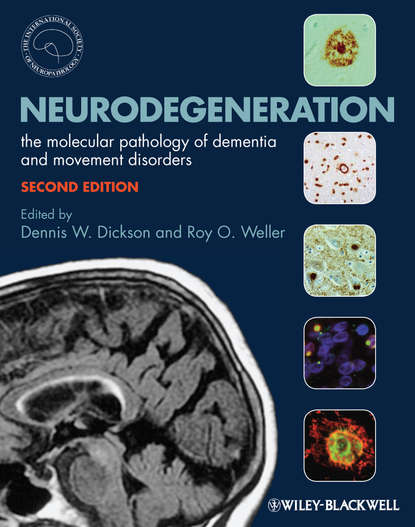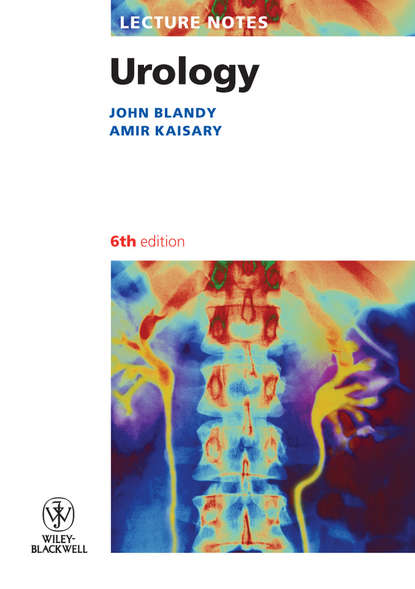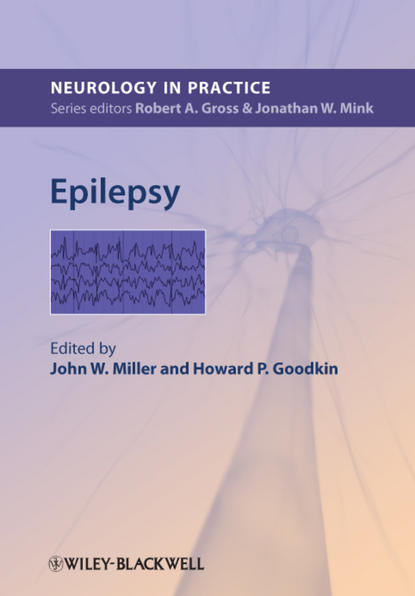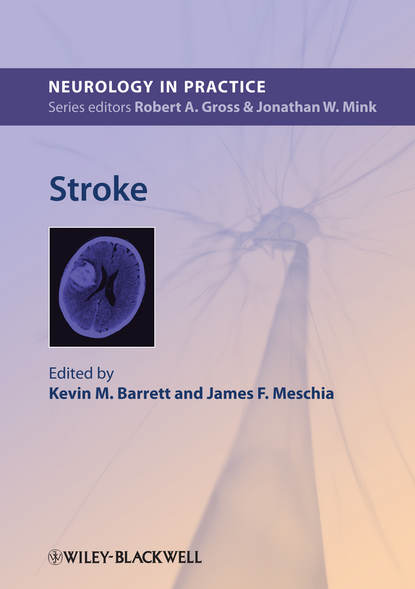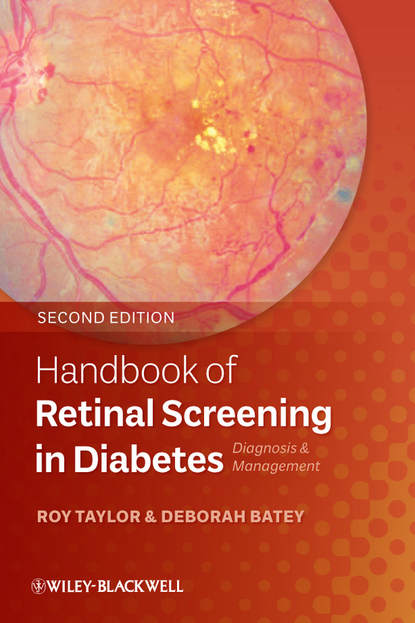Большинство учебников по нейродегенеративным заболеваниям используют классификацию, основанную либо на клинических синдромах, либо на анатомическом распределении патологии. В отличие от них, эта книга смотрит в будущее и использует классификацию, основанную на молекулярных механизмах, а не на клинических или анатомических границах. Основные достижения в молекулярной генетике и применении биохимических и иммуноцитохимических методов к нейродегенеративным заболеваниям привели к этому новому подходу. На протяжении большей части данного тома заболевания сгруппированы в соответствии с белками, которые накапливаются в клетках (например, тау, альфа-синуклеин и TDP-43) и во внеклеточных компартментах (например, бета-амилоид и прионные белки), или в соответствии с общим патогенетическим механизмом, таким как тринуклеотидные повторы, которые являются особенностью определенных генетических заболеваний. Главы книги придерживаются стандартной структуры для удобства читателя и написаны группой международных экспертов. С момента выхода первого издания книги был достигнут значительный прогресс в обнаружении общих молекулярных механизмов между многими нейродегенеративными заболеваниями, особенно в лобно-височных деменциях (FTLD) и боковом амиотрофическом склерозе. Эта книга будет незаменима для клиницистов, нейропатологов и основных нейробиологов, которым необходимы твердые актуальные знания о механизмах, диагностической патологии и генетике нейродегенеративных заболеваний, необходимые для прогресса в терапии и управлении.
Most textbooks on neurodegeneration have used classification schemes based on clinical syndromes, or those based on anatomical regions affected. Unlike these, this text takes a more molecular approach, classifying various disorders according to their underlying molecular causes. Recent advancements in molecular genetic research combined with the development of new biochemical, and immuno-cytochemical methods have led to this innovative approach.
Most of the book is organized according to groups of disorders based on which proteins accumulate inside cells, such as τ, α-Syn, and TDP43, or in extracellular locations, like β-Amyloid, PrP, or aggregates formed from proteins with trinucleotide repeat expansions. Written by an international team of experts, the chapters conform to an established format for easy reading.
The book has been revised since its original edition to take into consideration the emerging commonality of molecular mechanisms underlying many neurodegenerative disorders, particularly in frontotempolar lobar degeneration (FTLD), and amyotrophic lateral sclerosis (ALS) or Motor Neuron Disease. Clinicians, neuropathologist, and basic neuroscience researchers who are eager to know about existing knowledge in the molecular mechanisms, pathophysiological characteristics, and genetic aspects of neurodegenerative diseases, as well as how this knowledge can help improve therapeutic strategies and disease management, will find this book excellent reading.
Электронная Книга «Neurodegeneration. The Molecular Pathology of Dementia and Movement Disorders» написана автором Weller Roy O. в году.
Минимальный возраст читателя: 0
Язык: Английский
ISBN: 9781444341225
Описание книги от Weller Roy O.
Most textbooks on neurodegenerative disorders have used a classification scheme based upon either clinical syndromes or anatomical distribution of the pathology. In contrast, this book looks to the future and uses a classification based upon molecular mechanisms, rather than clinical or anatomical boundaries. Major advances in molecular genetics and the application of biochemical and immunocytochemical techniques to neurodegenerative disorders have generated this new approach. Throughout most of the current volume, diseases are clustered according to the proteins that accumulate within cells (e.g. tau, α-synuclein and TDP-43) and in the extracellular compartments (e.g. β-amyloid and prion proteins) or according to a shared pathogenetic mechanism, such as trinucleotide repeats, that are a feature of specific genetic disorders. Chapters throughout the book conform to a standard lay-out for ease of access by the reader and are written by a panel of International Experts Since the first edition of this book, major advances have been made in the discovery of common molecular mechanisms between many neurodegenerative diseases most notably in the frontotemporal lobar degenerations (FTLD) and motor neuron disease or amyotrophic lateral sclerosis. This book will be essential reading for clinicians, neuropathologists and basic neuroscientists who require the firm up-to-date knowledge of mechanisms, diagnostic pathology and genetics of Neurodegenerative diseases that is required for progress in therapy and management.
